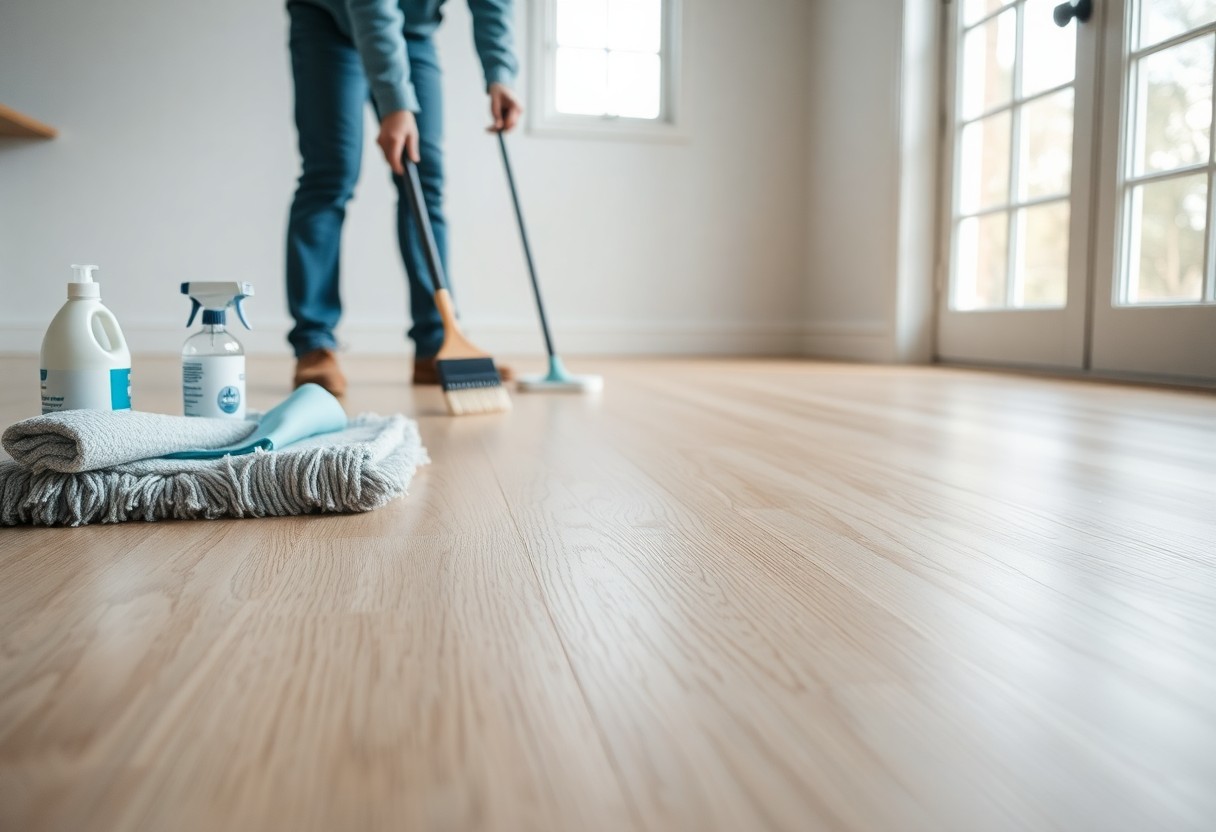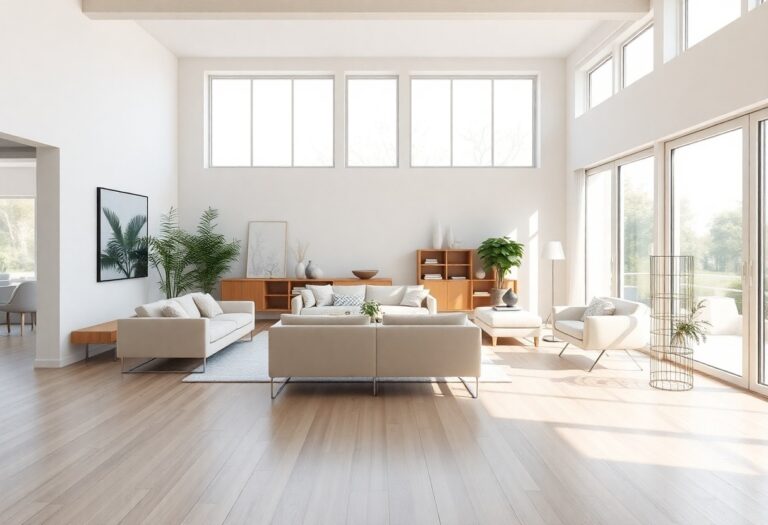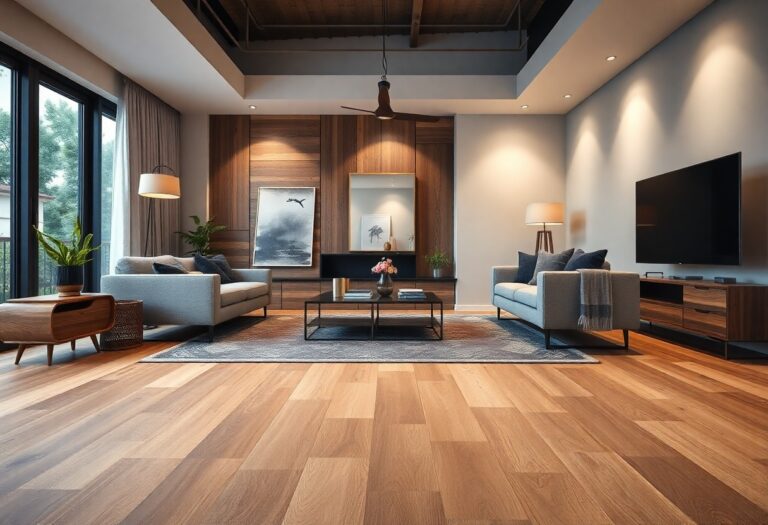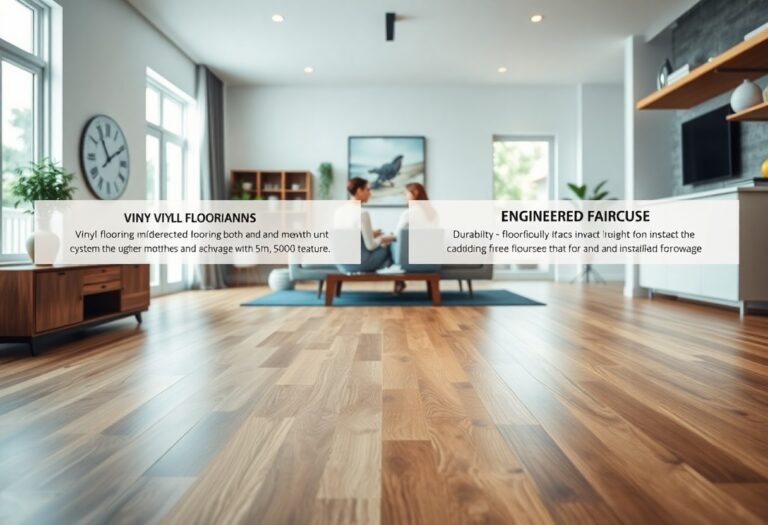Most homeowners appreciate the elegance of white oak flooring, but maintaining its beauty requires consistent care. You can enhance the longevity of your floors with simple yet effective practices. This guide will provide you with practical tips to keep your white oak flooring looking its best, ensuring it remains a stunning focal point in your home for years to come.
Understanding White Oak Flooring
White oak flooring is renowned for its strength and versatility, making it a favored choice among homeowners. Its dense structure offers durability while also showcasing beautiful grains and a rich, warm color palette. With a natural resistance to moisture and decay, it performs exceptionally in various environments, whether in living spaces or high-traffic areas.
Characteristics of White Oak
White oak is distinguished by its straight grain and coarse texture, often featuring prominent rays and flecks that enhance its aesthetic appeal. The light to medium brown hue varies from pale to dark, offering flexibility in design styles. Its high density rates give it strength, making it less prone to warping and more resilient against scratches compared to softer woods.
Benefits of Choosing White Oak
Selecting white oak for your flooring comes with multiple advantages. Its durability ensures a long lifespan, saving you from frequent replacements. Additionally, its natural resistance to moisture and insects makes it a practical option for various climates, while its timeless beauty provides an elegant backdrop that complements various interior designs.
Beyond aesthetics, the inherent durability of white oak offers significant practical benefits. This hardwood withstands heavy foot traffic and is well-suited for households with pets and children. Choosing white oak not only enhances your home’s value but also saves on maintenance costs in the long run, as its robust nature requires less frequent refinishing or replacement compared to other wood types. Its sustainability and resilience further underline white oak’s reputation as a smart investment for long-lasting beauty.
Regular Cleaning and Maintenance
Maintaining your white oak flooring requires a consistent cleaning routine to preserve its natural beauty. Regular upkeep prevents dirt and grime buildup, which can scratch and dull the finish over time. Aim to clean your floors at least once a week, adjusting frequency based on foot traffic. Using the right tools and techniques will keep your floors looking fresh and extend their lifespan.
Daily Cleaning Tips
In your daily routine, simple steps can make a significant difference. Sweep or dust your floors regularly to remove debris. Use a microfiber mop since it effectively picks up dirt without scratching the surface. You can also employ a specialized wood floor cleaner diluted with water to spot-clean any stains.
- Use doormats at entrances to trap dirt.
- Encourage family members to remove shoes before entering.
- Wipe up spills immediately to prevent staining.
Recognizing the importance of these practices ensures your flooring remains pristine.
Deep Cleaning Techniques
Periodic deep cleaning is necessary for maintaining the integrity of your white oak floors. This involves more intensive methods to remove ingrained dirt and restore shine. You should perform deep cleaning every few months, depending on usage, and utilize products specifically designed for hardwood to avoid damaging the finish.
For deep cleaning, start by vacuuming or sweeping the floor thoroughly to eliminate loose dirt. Then, dampen a mop with a solution of warm water and a few drops of pH-balanced wood cleaner, ensuring it isn’t soaking wet. After mopping, go over it with a dry microfiber cloth to prevent water damage. For stubborn spots, gently rub using a cloth moistened with the same cleaner. Regular deep cleaning updates the appearance and health of your floors, keeping them beautiful for years to come.
Protecting Your White Oak Floor
To ensure your white oak floor remains beautiful for years, protecting it from potential damage is crucial. This includes using the right furniture and managing foot traffic to minimize scuffs and scratches. Taking simple steps can thwart wear and preserve your floor’s finish, allowing you to enjoy its elegance without constant worry.
Furniture Placement and Pads
When arranging your furniture, keep in mind that heavy items can dent and scratch your white oak floor. Use protective pads underneath furniture legs to prevent damage and distribute weight evenly. This not only safeguards your flooring but also allows for easier movement when rearranging your space.
Managing Foot Traffic
Controlling foot traffic is crucial for preserving the life of your white oak flooring. Designating specific pathways and using area rugs in high-traffic zones can significantly reduce wear. Encourage family members and guests to be mindful of their movements, especially when wearing cleats or hard-soled shoes, as these can easily scuff your floor’s surface.
Managing foot traffic effectively requires establishing routines that prioritize your flooring’s care. Invest in durable welcome mats at entry points to capture dirt and moisture before it reaches your white oak floors. Additionally, periodically assess the flow of traffic in your home and consider placing furniture strategically to guide movement away from sensitive areas, thereby distributing weight evenly and minimizing wear.
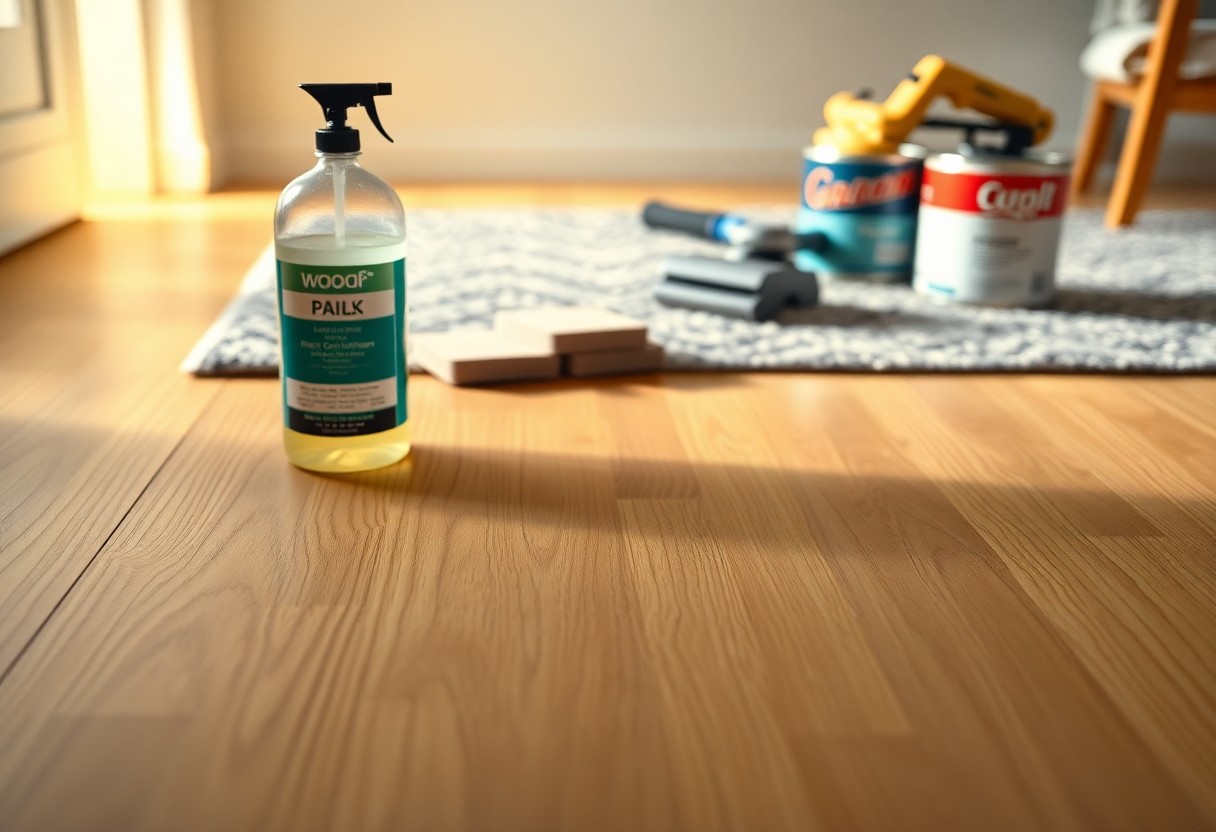
Refinishing White Oak Flooring
Refinishing white oak flooring revitalizes its appearance and extends its life. This process involves sanding down the surface to remove scratches, stains, and worn finishes, followed by applying a new layer of stain and sealant. Regular refinishing can transform tired-looking floors into stunning focal points, ensuring your home maintains its aesthetic appeal for years to come.
Signs It’s Time to Refinish
Look for signs of wear such as deep scratches, dullness, or uneven coloring. If cleaning no longer restores the shine and you notice visible damage, it’s a clear indication that refinishing is necessary. Additionally, if your white oak flooring feels rough underfoot or shows significant water stains, you should consider taking action.
DIY vs. Professional Refinishing
Deciding between DIY and professional refinishing depends on your skill level, available tools, and time commitment. While DIY can save money, it requires considerable effort and expertise to achieve a professional finish. Hiring professionals ensures high-quality results, especially for extensive damage or intricate patterns.
When begining on a DIY refinishing project, ensure you have the right tools, like sanders and edgers, and invest time into learning proper techniques. This route might suit small areas or minor touch-ups. However, for larger spaces or complex finishes, you might want to hire a professional. They bring experience, advanced equipment, and can often complete the job faster, ultimately saving you both time and potential frustration. Assess your proficiency and project scope carefully to make the best choice for your flooring needs.
Preventing Damage to White Oak
To keep your white oak flooring flawless and extend its lifespan, it’s important to take preventive measures against potential damage. Simple practices can safeguard against scrapes, scratches, and discoloration, ensuring that the natural beauty of your flooring remains intact for years to come.
Humidity Control
Maintaining optimal humidity levels is vital for preserving your white oak flooring. Ideally, indoor humidity should be kept between 30% and 50%. Use a dehumidifier or humidifier as needed to prevent wood warping or shrinking, which can lead to gaps and uneven surfaces over time.
Avoiding Excessive Water Exposure
Water exposure can severely harm white oak flooring, leading to stains, swelling, and mold growth. Always clean spills immediately and avoid wet mopping. Instead, opt for a damp cloth or a specially designed cleaner to wipe up messes.
Consistent care is vital in preventing water damage. For instance, place mats in entryways to catch moisture and debris, and ensure that plant pots have trays to catch excess water. When mopping, use minimal water and ensure the mop is only slightly damp. Regularly check for moisture buildup, especially in high-humidity areas like kitchens and bathrooms, to maintain your floor’s integrity.
Long-Term Care Strategies
For your white oak flooring to maintain its stunning appearance over the years, implementing long-term care strategies is imperative. Regularly monitoring humidity levels helps prevent warping or cracking. Use rugs in high-traffic areas to limit wear, and avoid excessive moisture from spills by promptly wiping them up. Additionally, consider adjusting furniture placement occasionally to minimize uneven wear.
Product Recommendations
Selecting the right cleaning products can significantly impact the longevity of your white oak flooring. Choose pH-balanced cleaners specifically designed for hardwood to avoid damage, and consider using a soft mop or microfiber cloth for the best results. Products like Bona Hardwood Floor Cleaner or Murphy’s Oil Soap can keep your floors looking their best without causing harm.
Annual Maintenance Checklist
An effective annual maintenance checklist is vital to preserving your white oak flooring’s beauty. Schedule deep cleaning sessions, inspect for scratches or damage, and reapply protective finishes if necessary. Additionally, checking humidity levels in your home can help maintain the integrity of the wood.
During your annual maintenance, start by thoroughly cleaning your floors to remove dirt and grime. Inspect each board for signs of wear, and touch up any scratches with suitable wood touch-up markers. Evaluate the existing finish and consider refinishing if the protective layer is worn down. Finally, check humidity levels with a hygrometer, ensuring they remain between 30%-50% to protect your flooring from expansion or contraction. Regular checks and timely actions will extend the life of your floors significantly.
To wrap up
As a reminder, maintaining your white oak flooring requires consistent care to preserve its beauty over time. You should regularly clean with a soft-bristle broom or a vacuum designed for hardwood, and use a damp cloth for spot cleaning. Additionally, applying a suitable wood floor cleaner can enhance its shine. Protect your flooring from scratches by using felt pads on furniture legs and minimizing exposure to direct sunlight. Following these easy tips will help you enjoy the lasting elegance of your white oak floors for years to come.


